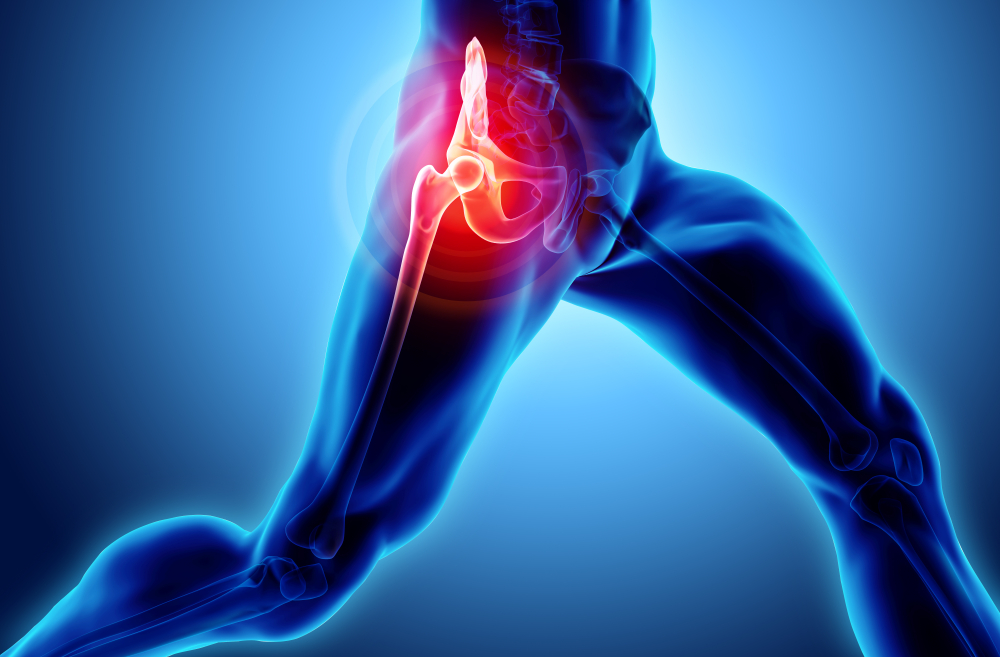Background: Blood lead concentrations have been associated with increased risk of
cardiovascular, cancer, and all-cause mortality in adults in general population and occupational
cohorts. We aimed to determine the association between blood lead, all cause and cause specific
mortality in elderly, community residing women.
Methods: Prospective cohort study of 533 women aged 65–87 years enrolled in the Study of
Osteoporotic Fractures at 2 US research centers (Baltimore, MD; Monongahela Valley, PA) from
1986–1988. Blood lead concentrations were determined by atomic absorption spectrometry.
Using blood lead concentration categorized as < 8 μg/dL (0.384 μmol/L), and ≥ 8 μg/dL (0.384
μmol/L), we determined the relative risk of mortality from all cause, and cause-specific mortality,
through Cox proportional hazards regression analysis.
Results: Mean blood lead concentration was 5.3 ± 2.3 μg/dL (range 1–21) [0.25 ± 0.11 μmol/L
(range 0.05–1.008)]. After 12.0 ± 3 years of > 95% complete follow-up, 123 (23%) women who died
had slightly higher mean (± SD) blood lead 5.56 (± 3) μg/dL [0.27(± 0.14) μmol/L] than survivors:
5.17(± 2.0) [0.25(± 0.1) μmol/L] (p = 0.09). Women with blood lead concentrations ≥ 8 μg/dL
(0.384 μmol/L), had 59% increased risk of multivariate adjusted all cause mortality (Hazard Ratio
[HR], 1.59; 95% confidence interval [CI], 1.02–2.49) (p = 0.041) especially coronary heart disease
(CHD) mortality (HR = 3.08 [CI], (1.23–7.70)(p = 0.016), compared to women with blood lead
concentrations < 8 μg/dL(< 0.384 μmol/L). There was no association of blood lead with stroke,
cancer, or non cardiovascular deaths.
Conclusion: Women with blood lead concentrations of ≥ 8 μg/dL (0.384 μmol/L), experienced
increased mortality, in particular from CHD as compared to those with lower blood lead
concentrations.


